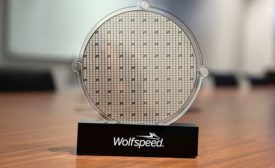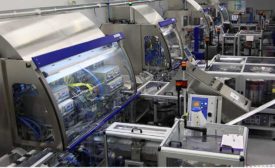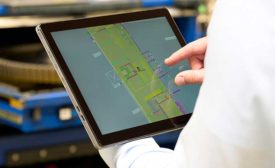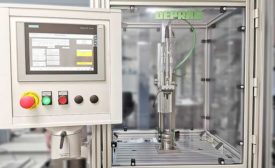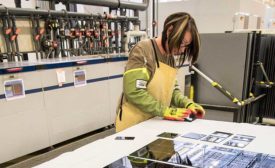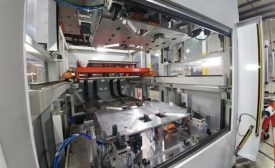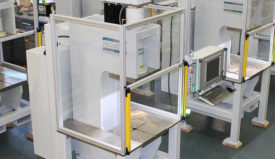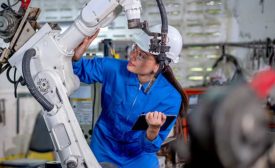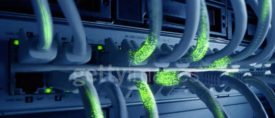Articles by John Sprovieri
What’s New With Hot-Plate Welding
Hot-plate welding produces strong, leak-tight joints in plastic assemblies with complex geometries.
September 13, 2022
Common Mistakes With Presses
Here’s a look at the most common mistakes made with presses—and how to avoid them.
September 8, 2022
How to Conduct a Robot Risk Assessment
Whether the application involves a standard robot or a cobot, engineers must do a risk assessment to identify potential hazards.
September 6, 2022
Computer Hardware for Industry 4.0
New types of hardware will be needed to collect, route, process and display manufacturing data.
August 18, 2022
Never miss the latest news and trends driving the manufacturing industry
Stay in the know on the latest assembly trends.
JOIN TODAY!Copyright ©2024. All Rights Reserved BNP Media.
Design, CMS, Hosting & Web Development :: ePublishing
